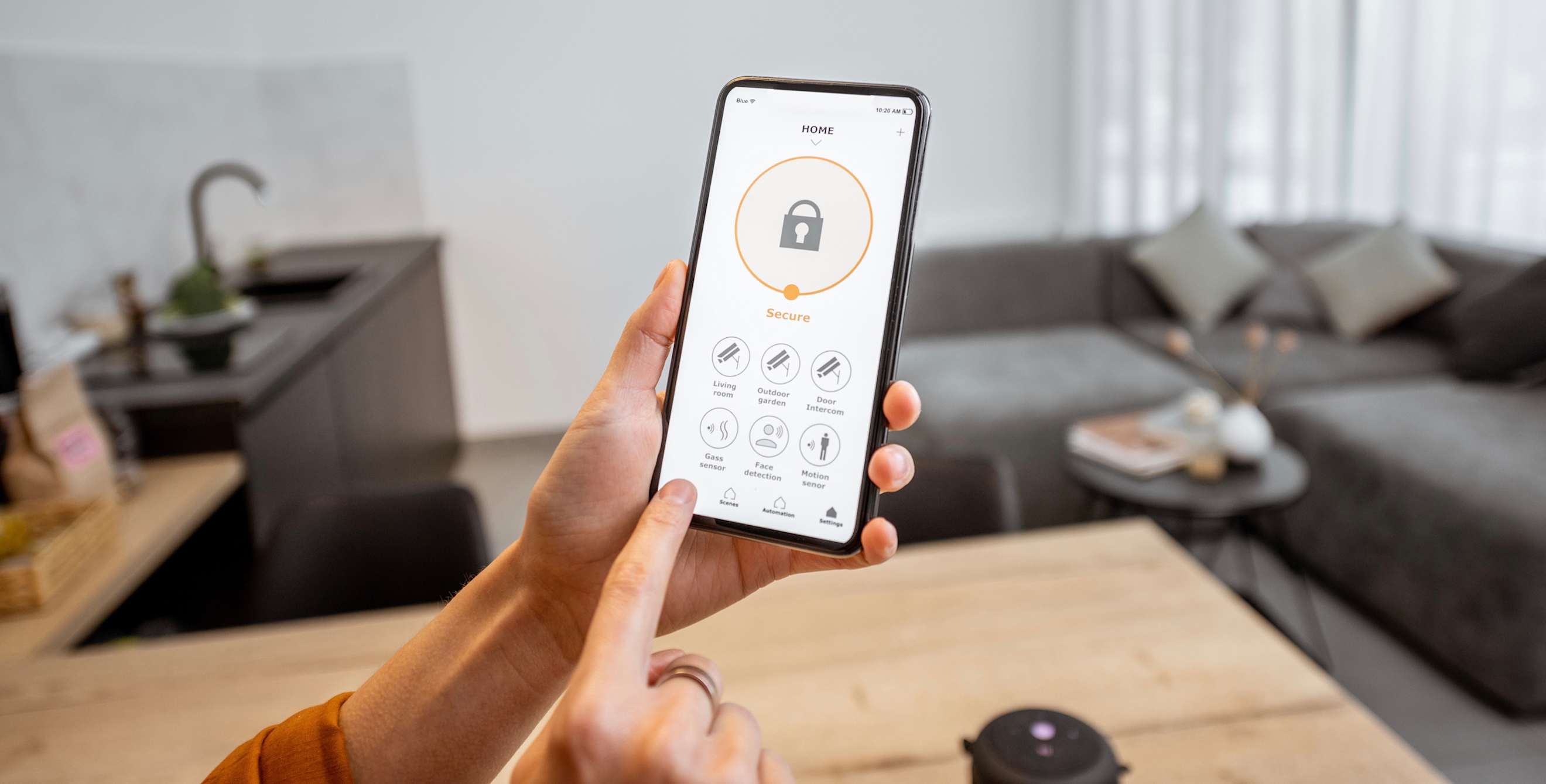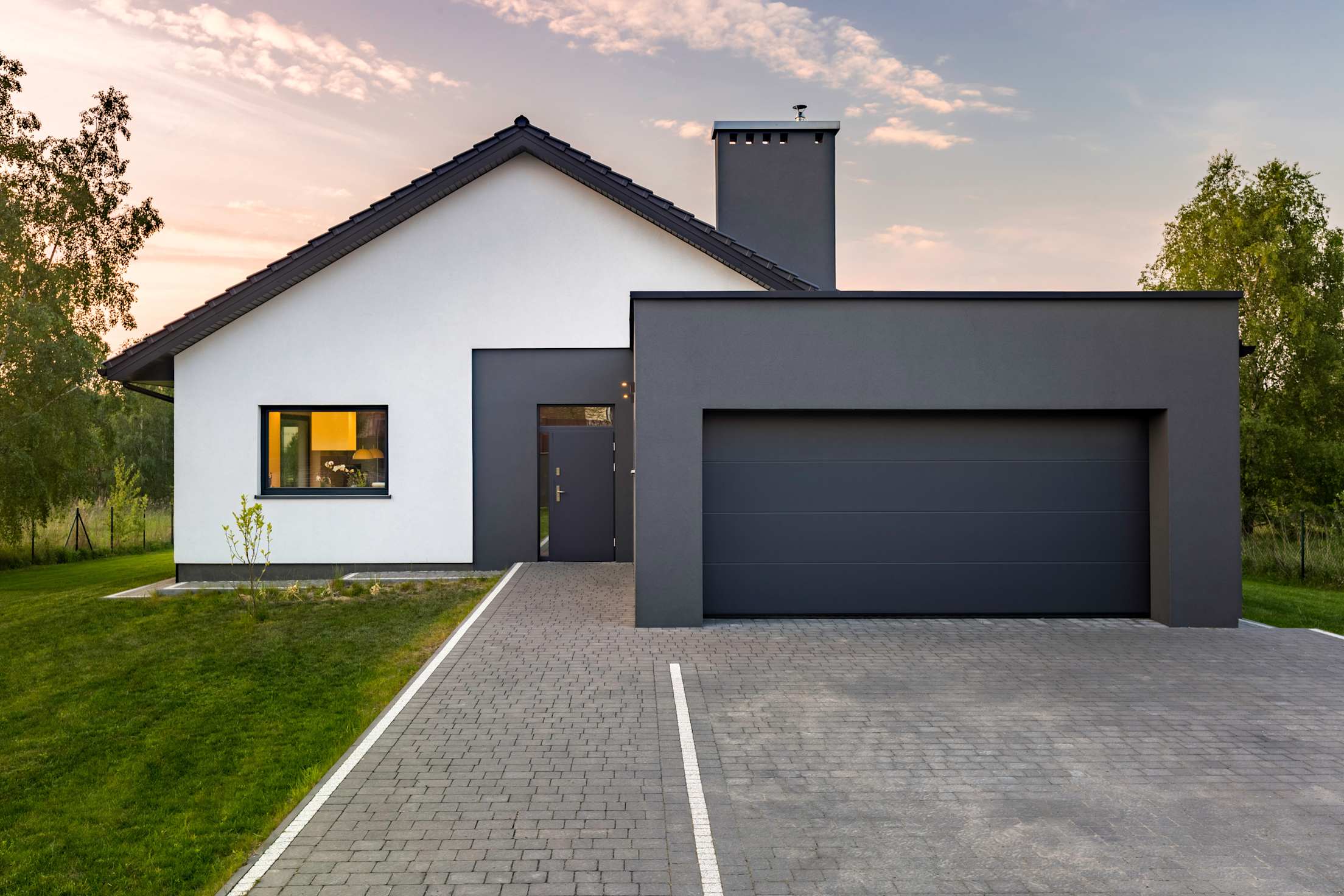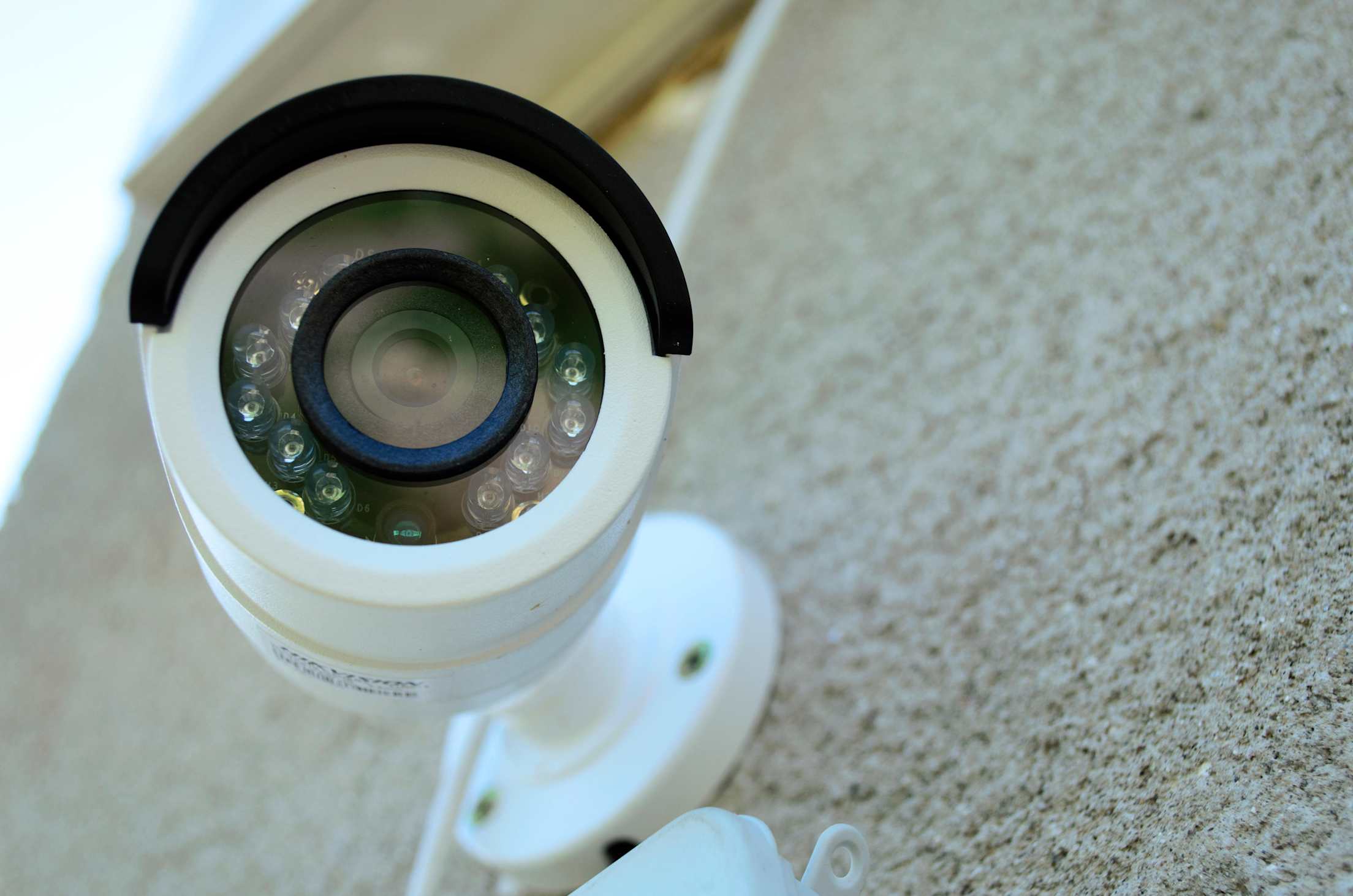
How to Secure Your Smart Home Devices
The technology you use in your home shouldn't put you at risk.

Does your home include a smart speaker? An intelligent thermostat? A connected lock or video doorbell? For more and more of us, devices like those—everything from Internet-connected video cameras to door locks and kitchen appliances—are making our homes smarter and easier to manage. But while such smart home gear can provide a world of convenience and capabilities, they do have one potential downside: They can also be vulnerable to security threats.
Unless they’re properly managed, smart home devices could, in theory, be taken over by bad actors to do things such as overriding your security system. Poorly protected devices could also give attackers access to the rest of your home network—and, therefore, to your data.
“Securing your smart home devices is probably the most important thing you can do, next to installing a smart security system in the first place,” says Mark Demler, Operations Manager for AAA Smart Home Security. “If you don’t secure these devices, it makes it all too easy for a digital intruder to get into your home.”
Here are five ways you can secure your smart home gear.
1. Lock down your router and Wi-Fi network.
One way or another, your router is the brains behind all of the technology in your home, including your smart home devices. And if it’s not secure, nothing is secure.
“Make sure your router is the most up-to-date, secure router you can get,” says Demler. “If your router isn’t secure, you’re vulnerable to attack, whether it’s from a distance or from the street in front of your house.” Demler says that if your router is more than two years old, you should replace it.
Also ensure your router’s software is up-to-date and that the administrator password is strong. (See below for more on password security.) “Even if you have the best password in the world, older routers can easily be hacked,” says Demler. If you don’t know how to do that, check your router’s documentation.
Similarly, keep your Wi-Fi network secured with a good password in order to keep interlopers from jumping aboard uninvited. Some experts even suggest that you configure a separate, secondary Wi-Fi network in your home, with an entirely different name, just for your smart home gear. That could prevent bad guys from using access to those smart home devices to attack the data on your computers, phones, and tablets.

2. Install smart home devices with strong encryption technology.
Insist that every smart home device—especially if it’s security related, like a door lock or a security camera—uses strong encryption technology to transmit and store information, before you install it in your home. (“It’s surprising how much technology is out there that’s not encrypted,” says Demler.) If you’re working with an installer, ask about encryption as part of your research. For off-the-shelf items such as voice assistants, check the packaging or product listing to ensure it supports encrypted communications.
3. Mute, blind, and unplug as needed.
Got a pet-cam aimed at the food bowl so you can watch your pup while at work? Consider turning it off completely whenever you’re home. Same goes for things like smart plugs which you might use only on a seasonal basis (to control holiday lights, say, or turn on lights at night when you’re traveling). As a general rule of thumb, if you’re not going to use a smart technology regularly, it’s best to disable it. You may be able to set up an on/off schedule in the device’s app, but the most reliable option is to physically unplug the device.

4. Use strong passwords for all smart devices.
The same password rules that apply to your banking and financial accounts should be used to secure your smart devices. “That means combinations of letters and numbers, special characters, and nothing obvious like birthdays,” says Demler. Your home network is only as secure as its weakest link; if you set a password of 1234 for the administrator account on your smart door lock, you may as well not have the lock at all.
If a device supports two-factor authentication—meaning you get a text message with a numeric code each time you log in—turn it on. It offers a much greater level of security than a standard password can provide.
5. Update your apps and device firmware.
One of the selling points of smart home gear is that it can be upgraded on the fly by installing either new versions of the mobile app or firmware. But those upgrades won’t happen if you don’t install those software updates. Install updates as they are rolled out. (Most mobile devices have an option to automatically update themselves to make this easy.) And periodically check for firmware updates by opening the app every month or so and looking for any “new firmware” notifications.
AAA Members save an average of 15% with Smart Home professional monitoring services.